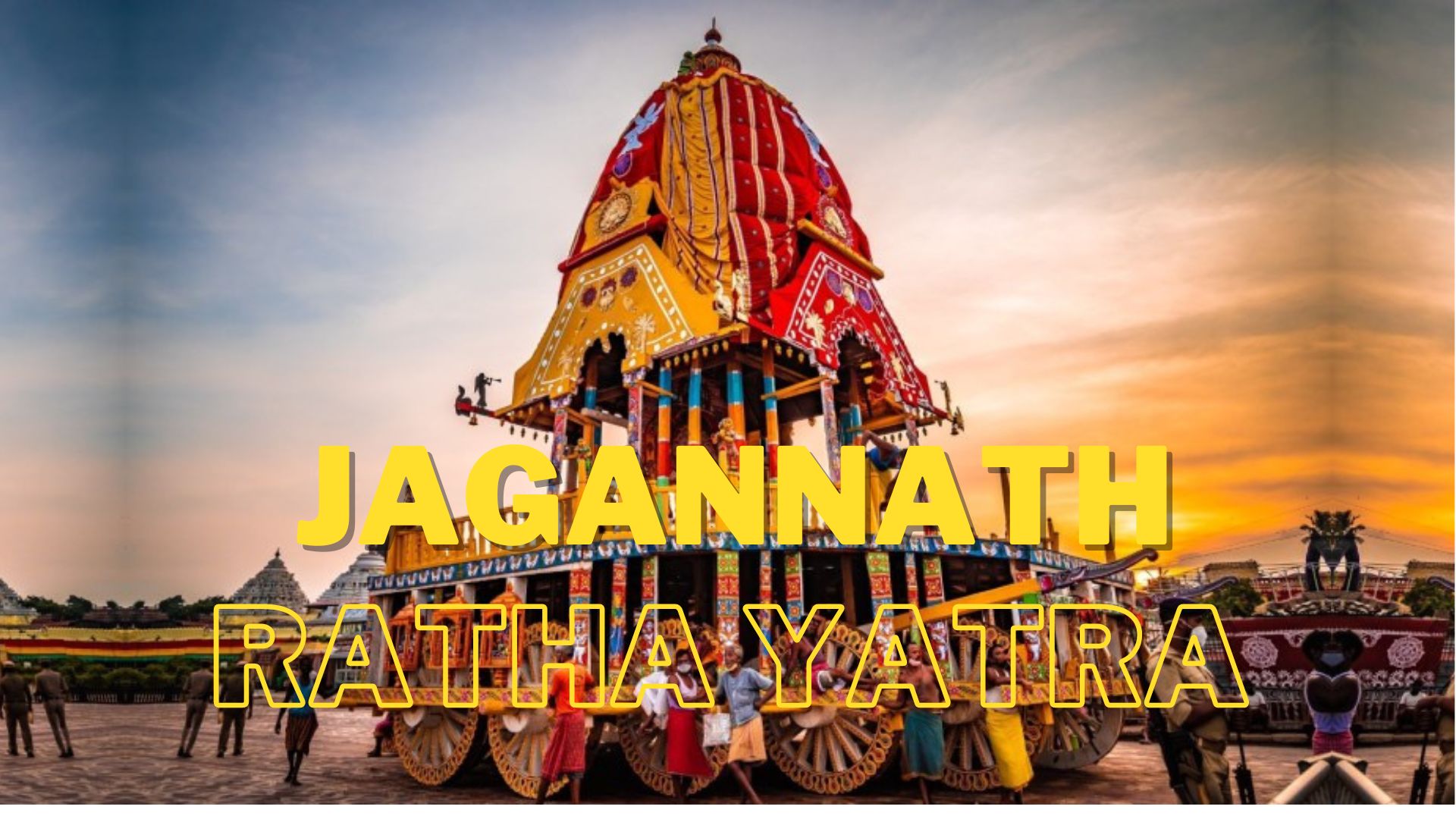
The Jagannath Ratha Yatra is a Hindu Festival and is associated with Lord Jagannath, the reigning deity of Odisha. It has been held for a long time at Shri Kshetra Puri Dham in Odisha. The Jagannath Ratha Yatra is the oldest of its kind in India. Stories connected with this grand celebration can be found in the Padma Purana, Brahma Purana and Kaplia Samhita. The Yatra or Jatra is the festival of Lord Jagannath, the Lord of the Universe. This occurs when he travels towards the house of his aunt.
This grand Yatre begins on Ashadha Shukla Dwitiya ( second day of the bright fortnight during the Ashadha month ) and ends on Ashadha Shukla Dasami. It is an annual event. It commemorates the annual visit of Lord Jagannatha to Gundicha Temple via Mausi Ma ( maternal aunt ) Temple near Saradha Bali, Puri. This festival of chariots is very popular. The deities Lord Jagannath, Lord Balabhadra ( elder brother of Lord Jagannath ) and Devi Subhadra ( sister ) are made to travel in a ceremonious mannar. They are made to move through the bada danda, the grand road leading to the Gundicha Temple. A large number of devotees serve the Lordships by pulling the chariot. On its way, the chariot of Lord Jagannath, Nandighosa waits near the crematorium of Bhakta Salabega ( a Muslim devotee ) in order to pay him tribute.
The deities stop for a while near the Mausi Ma Temple and are given an offering of the Poda Pitha, which is a special and favorite pancake of Lord Jagannath. The deities return back to their Temple after a stay of seven days. The three chariots are made afresh each year. They are customarily brought from the ex-principal state Dasapalla by a special team of carpenters. These carpenters have the hereditary rights for the same. The logs are set afloat as rafts in River Mahanadi and then collected near Puri. Thereafter they are transported by road. All the three chariots are made and decorated as per the age-old tradition. They are then lined across the huge avenue found near the eastern entrance. This is known as Sinhadwara ( Lion's Gate ).
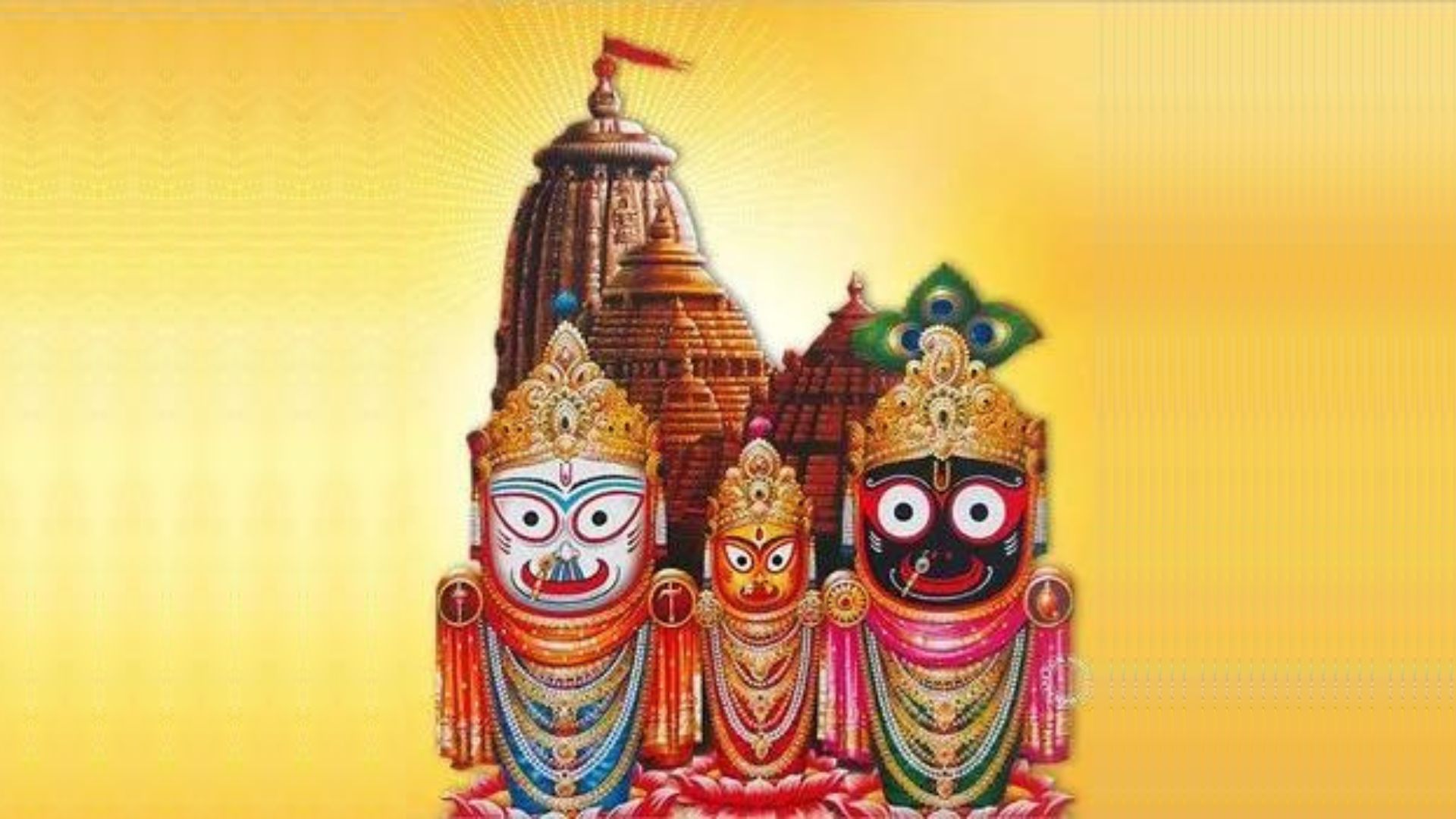
Each of the chariots are endowed with four horses and a charioteer. Painted wooden images of deities are found around the chariot. The chariot of Lord Jagannath is known as Nandigosha and the alternate names are Garudadhwaja & Kapidwaja. The chariot of Lord Balabhadra is known as Taladhwaja ( alternate name is Langaladhwaja ) and the chariot belonging to Devi Subadhra is known as Darpadalana (Alternate names are Devadalana & Padmadhwaja ). The tallest one is the chariot of Lord Jagannath and it measures a little over 44 feet. Elders have given the complete specs required for the making of the three chariots.
The making of the chariots began on Akshaya Tritiya. A ritual fire worship is done on that day. It is done in front of the palace of the king of Puri and it is when farmers begin to plough their fields. The summer festival begins on the same day. This is known as Chandan Yatra (sandalwood festival) and it lasts for three weeks. Representative images of the presiding deities are taken out in colorful processions and are given a ceremonial boat ride in the Narendra Tank every day. The nature of the Jagannatha cult comes out at this time. Madanmohana & Ramakrishna partake in the festival as the representatives of Jagannath & Balabhadra ( Balarama / Baladev ). The images of the presiding deities of the five Shiva Temples of Puri known as the Pancha Pandavas participate in the same.
Thereafter the deities are given a ritual bath. The culmination is on Snana Yatra , the bathing festival. 108 pots of water brought from the suna kua ( golden well ) are used. The deities are then kept out of the view of the devotees for two weeks. Three special patta chitras ( traditional Odisha paintings ) are placed in public view for the period. The deities are offered roots, berries, leaves and fruits at this time. It would make one understand that it has been part of the strong tribal tradition of Odisha. This state has a very huge tribal population. The progeny of Lalitha ( daughter of the tribal worshiper Biswabasu ) and the Brahmin priest Vidyapati are given exclusive rights to serve their Lordships during the rest period and the complete period of the Ratha Yatra.
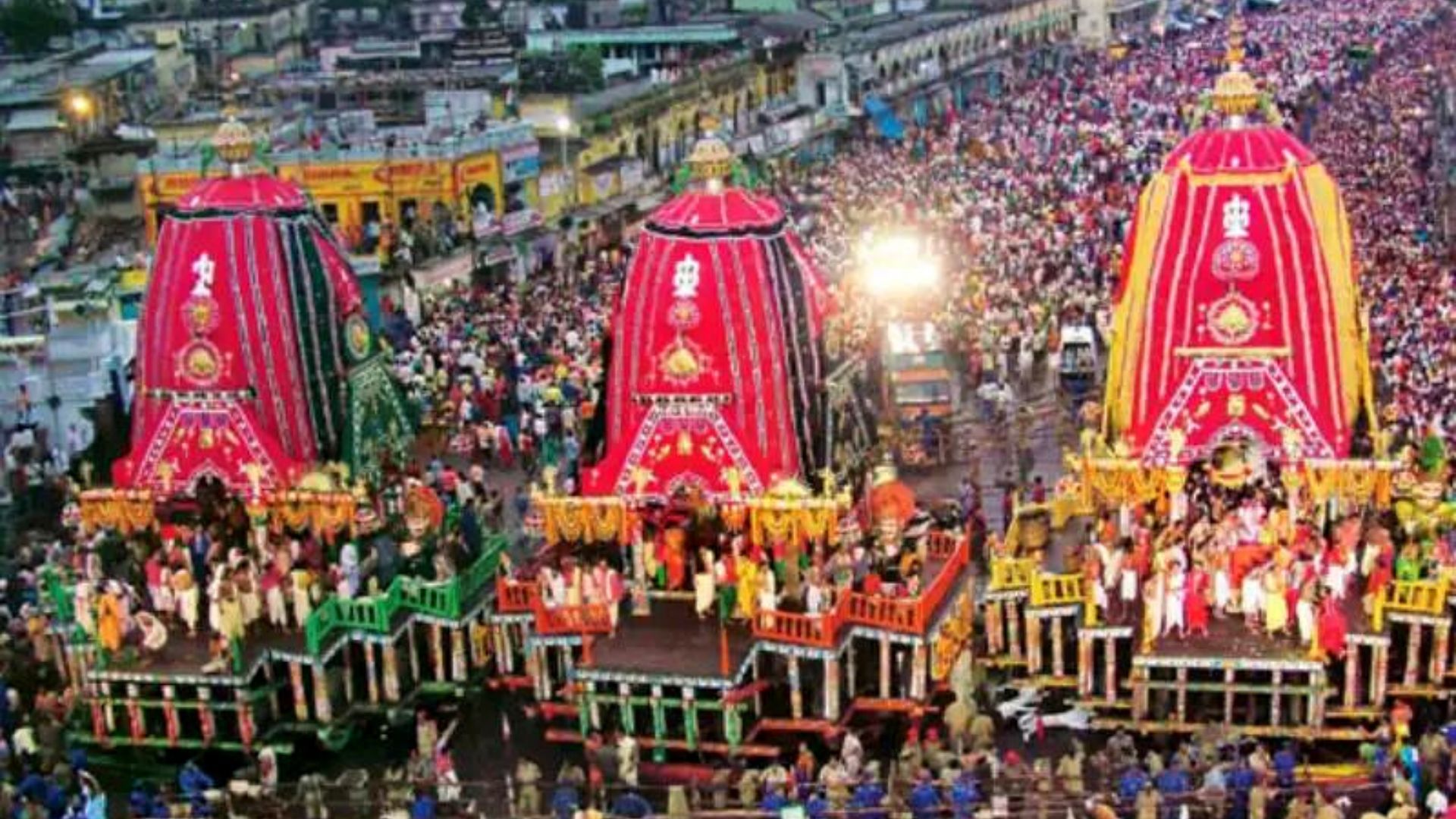
The Suna Besha is done after the deities return to the main temple. They are attired in gold ornaments and worshiped on the chariots. This celebration began in the year 1460 and was due to the initiative of the victorious ruler Kapilandra Deb. The deities are actually decorated with jewelry weighing 208 kilograms. The Ratha Yatra Festival is now an international event. This is due to the efforts of ISKCON ( International Society for Krishna Consciousness ). The Founder His Holiness A.C.Bhaktivedanta Swami Prabhupada was responsible for the same globally. This festival takes place in more than 108 cities throughout the world.
Hera Panchami is very important and it is observed during the Rath Yatra in the Jagannath Temple in Puri. It is the ritual connected with Goddess Mahalakshmi. The fifth day from Rath Yatra is known as Hera Panchami. Lord Jagannath had left behind his consort Mahalakshmi in order to join Lord Balabhadra and Devi Subadhra. He carries his divine weapon Sudarshana with him. Goddess Lakshmi gets upset and proceeds to the Gundicha Temple in the form of a Subarna ( Gold ) Lakshmi on a palanquin. The Lord concedes by sending her a garland in order to indicate his consent.
The servants of the Lord close the door of the Gundicha Temple and therefore she returns through the Nakachana gate. She orders one of her attendants to break a part of the Lord's chariot Nandigosha. Later, she hides behind a tamarind tree outside the Gundicha Temple. Thereafter she goes back to her home temple in complete secrecy by using the Hera Gohri Lane. Hundreds of thousands of devotees enjoy this unique ritual. This function finds a mention in Skanda Purana. Historically, this started during the reign of Maharaja Kapilendra Deb. Prior to this, this function was observed through the recitation of some mantras (prayers). Maharaja Kapilendra Deb substituted this method with the introduction of an icon of Mahalakshmi made of gold. The Madala Panji (chronicle of the Jagannath Temple) contains a lot of details connected with the historical events related to the Jagannath Temple.
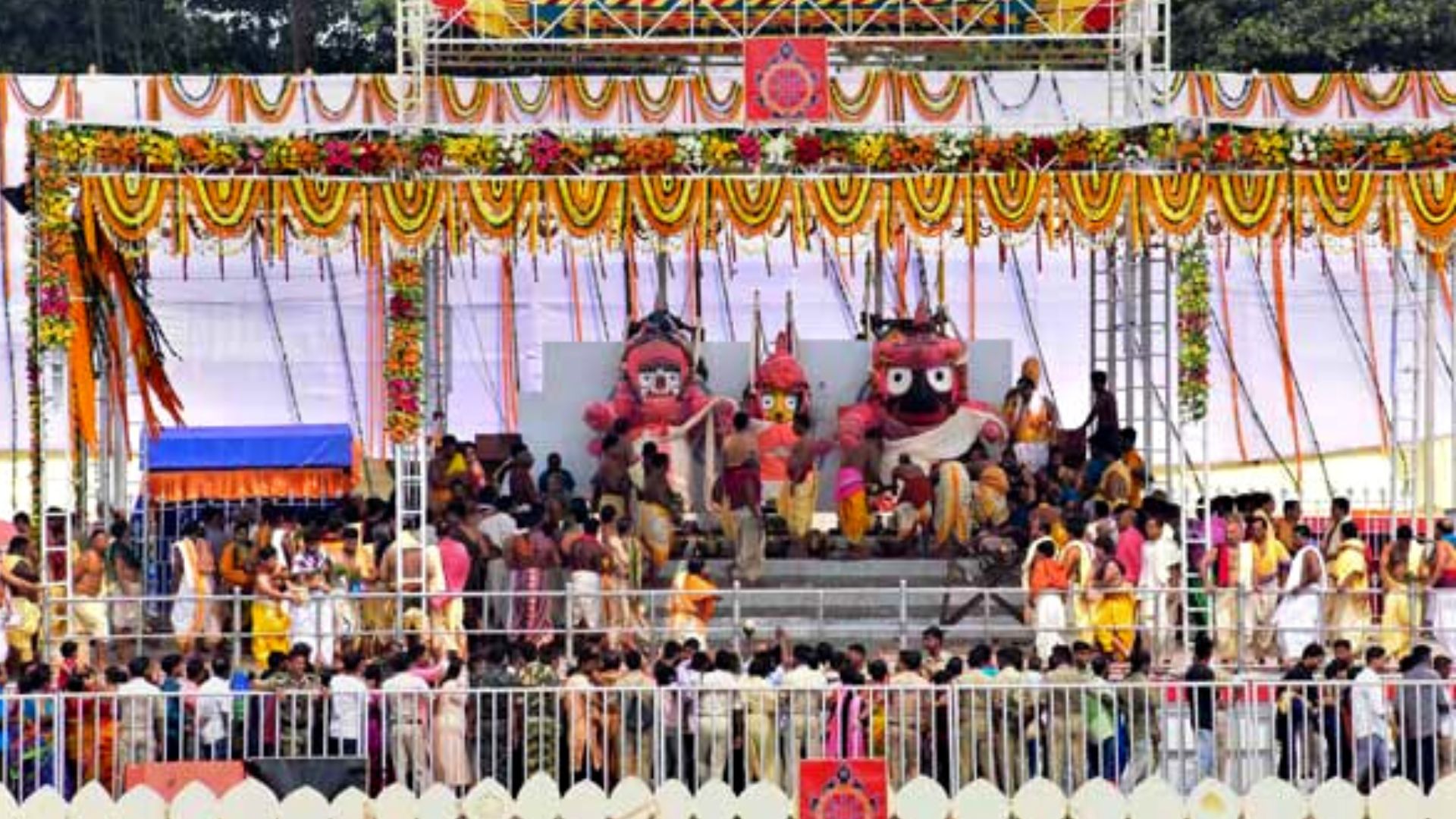
Coimbatore has been celebrating the Jagannath Rath Yatra for the past few decades. The Chariot moves through Raja Street, Oppanakara Street, Vysial Street and Karuppa Gounder Street. Thousands of devotees draw the chariot each year. One can get to see several devotees chanting Hare Krishna mantra and also the words Jai Jagannath, Jai Baladev , Jai Subhadra. This annual festival is very popular and has become part of Coimbatore's culture and tradition. The sound of cymbals, musical instruments and the singing add to the religious fervor. People would sing, dance and jump high into the air. One would be reminded of the devotion displayed by Chaitany Mahaprabhu.
The other important event connected with the Ratha Yatra happens to be " Chhera Paharna " ( ritual sweeping of the chariots and the space near them ). This is done with a golden broom by the Gajapati Raja of Puri. This ritual sends a clear social message. Rabinarayan Mishra, a researcher on the cult of Lord Jagannath has stated that this has been taking place for several centuries. This sends a clear message to the society that there should be no discrimination on the basis of caste, creed or of any kind before Lord Jagannath. The Raja is carried in a silver plated palanquin and he is dressed in spotless while clothes. He climbs the chariots one by one, sprinkles flowers and fragrant water on the surface of the chariot. Thereafter he sweeps the place.
It is important to learn that the Emperors of Odisha beginning from Anantavarman Chodagangadeva had declared themselves as the ' Rauta ' ( servant ) of Lord Jagannath. The story of Maharaja Prushottam Dev and his Queen Padmavati immortalizes the sweeping of the chariots. The Queen's father humiliates Purushottam Dev on learning that he has wielded a broom.
The father of Padmavati refuses to give his daughter to the sweeper and this infuriates Purushottam Dev. He invades the kingdom of Padmavati's father but he fails in his first attempt. Puruottham Dev seeks the grace of Lord Jagannath. The Lord assures him that he will help him. Prushottam Dev captures Kanchi in his second attempt. He brings home Padmavati as his prisoner. The story states that the Lordships walk ahead of the army. Lord Jagannath gives his ring to the milk woman Manika in return for food. He assures her that Maharaja Purushottam will clear the payment.
On meeting Manika, Purushootam Dev learns that the deities Lord Jagannath and Lord Baladev had moved ahead of him. He rejoices and honors Manika with the village and it is known as Manika Patna. Purushootam Dev defeats Saluva Narasimha and brings Padmavati with him. Later he commends his Prime Minister to give her hand to a perfect sweeper. The Jagannath Rath yatra comes along and Maharaja Purushottam Dev begins to sweep the chariots. The intelligent and wise Prime Minister announces that he had found the perfect sweeper for Princess Padmavati. Maharaja Purushottam Dev marries Padmavati that very instance.
Thus many stories and events have got embedded into the great Jagannath Ratha Yatre festival. The word Juggernaut got into the English language because of the grand Jagannath Rath Yatra. In current usage Juggernaut in English means that it is an unstoppable force. This has been borrowed from Sanskrit, the global classical language.
The Jagannath Ratha Yatra has thus been the center point for many things and the list will continue.
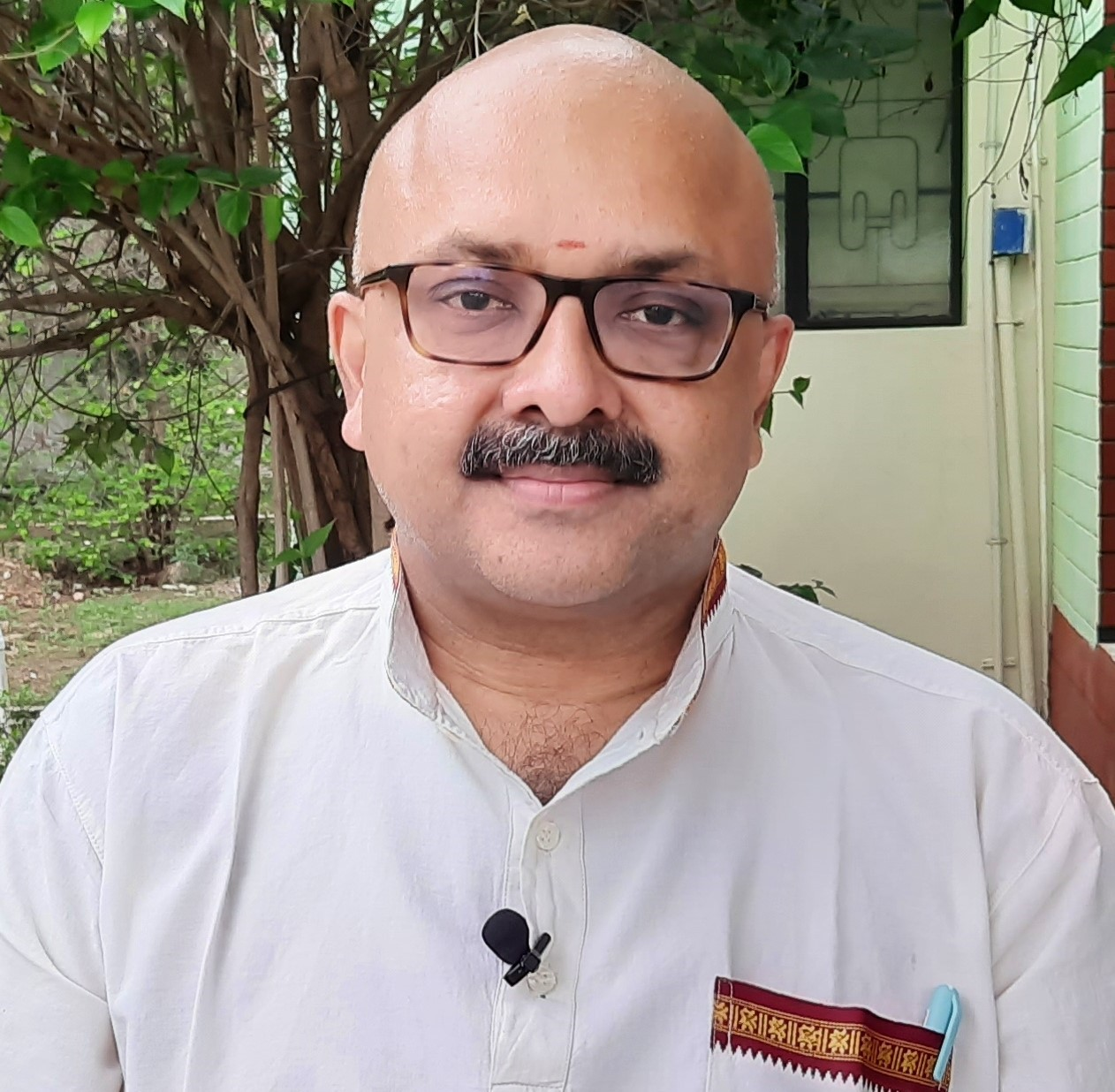 Mr. Rajesh Govindarajulu is one of the founding members of The Verandah Club Pvt. Ltd. He is a leading columnist, historian, jeweler, entrepreneur, and a heritage enthusiast who is earnestly working to revive the past in the light of the present. Experiential learning about the history of Coimbatore is his main course of interest and he is also a panel member of many colleges in the city.
Mr. Rajesh Govindarajulu is one of the founding members of The Verandah Club Pvt. Ltd. He is a leading columnist, historian, jeweler, entrepreneur, and a heritage enthusiast who is earnestly working to revive the past in the light of the present. Experiential learning about the history of Coimbatore is his main course of interest and he is also a panel member of many colleges in the city.
NEXT ARTICLE
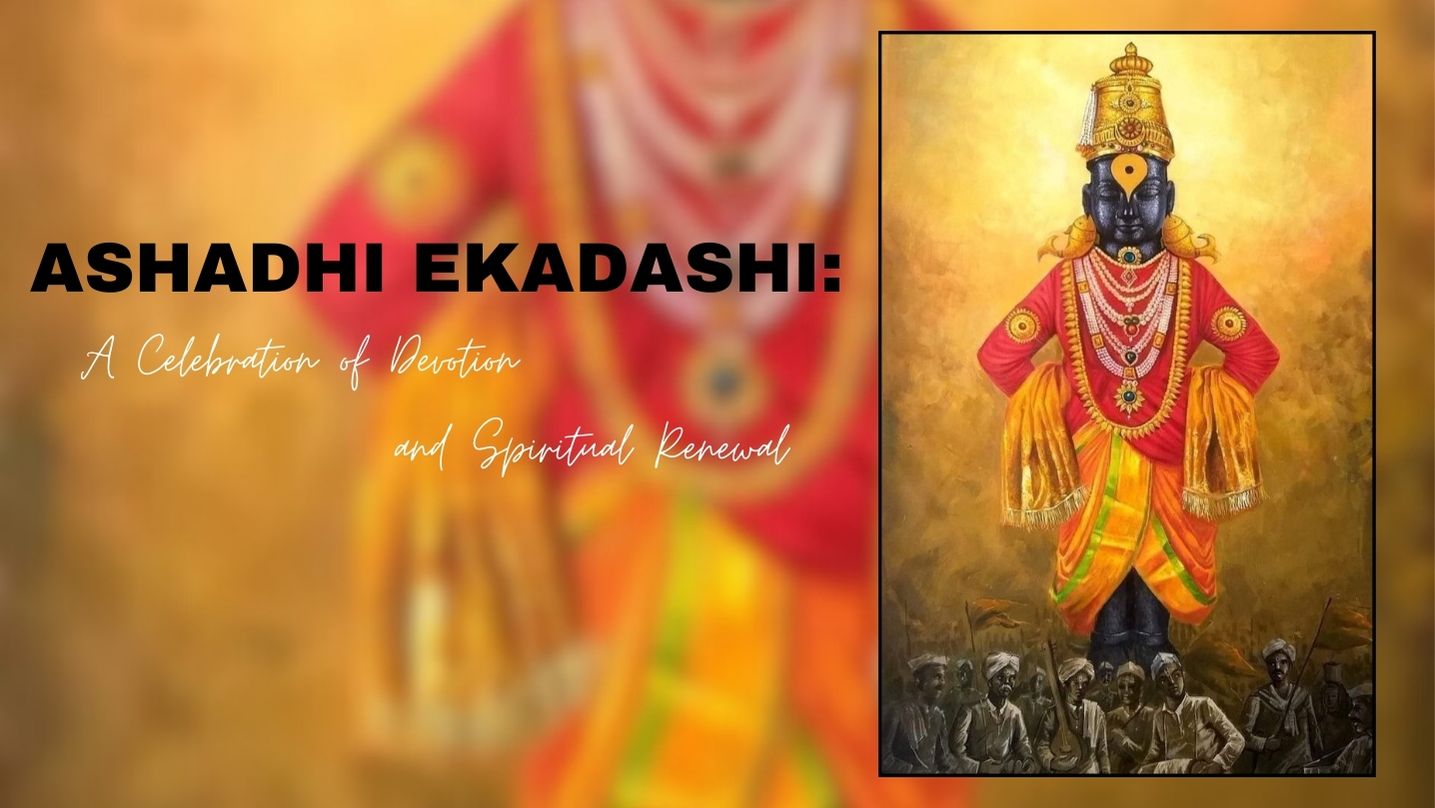
Ashadhi Ekadashi, also known as Shayani Ekadashi, falls on the 11th lunar day (Ekadashi) of the bright fortnight (Shukla Paksha) of the Hindu month of...
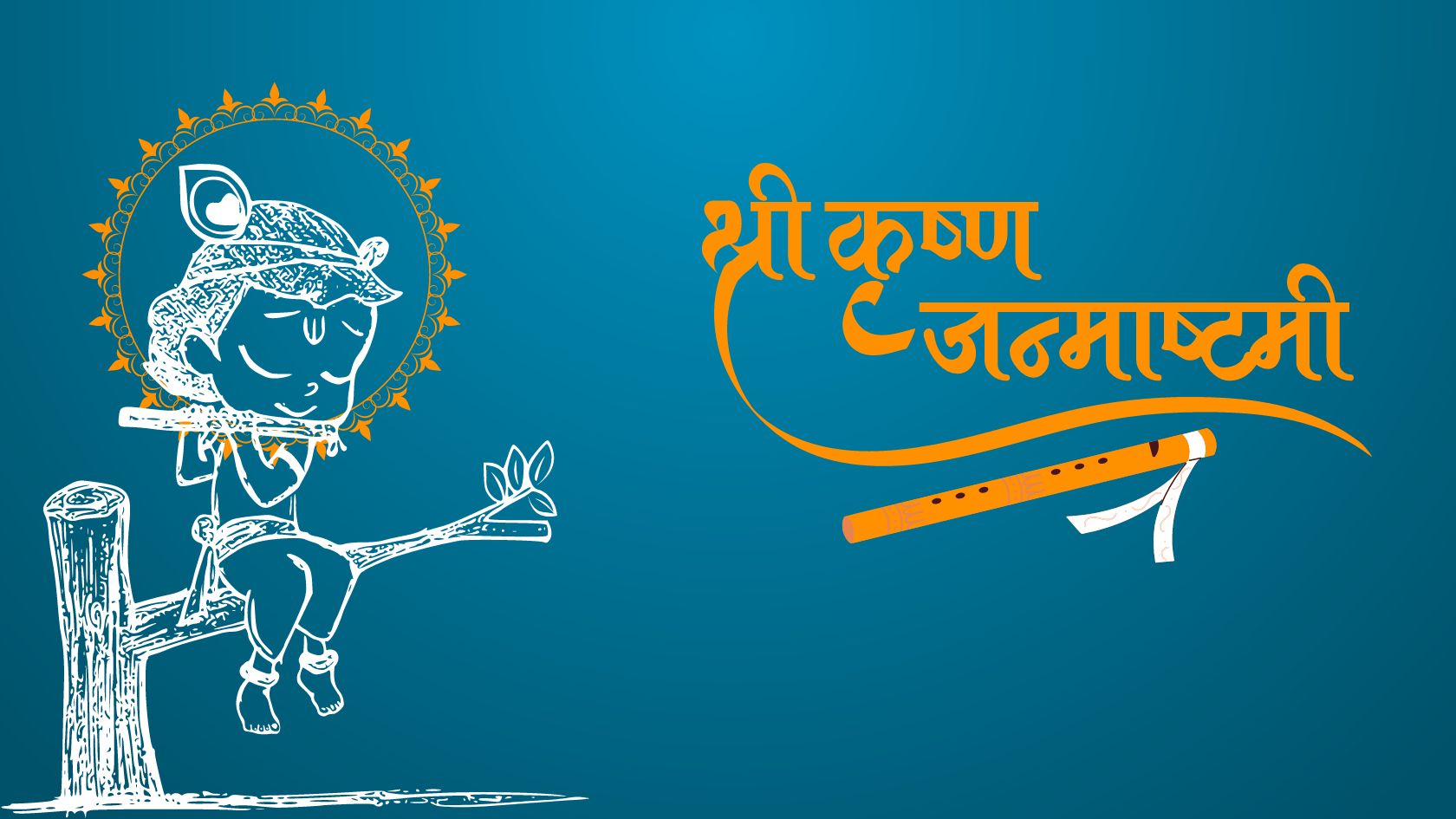
Every year, as the monsoon rains dance on the fields of India, an ancient story unfolds in the hearts of millions. It is the story of Krishna, the bel...
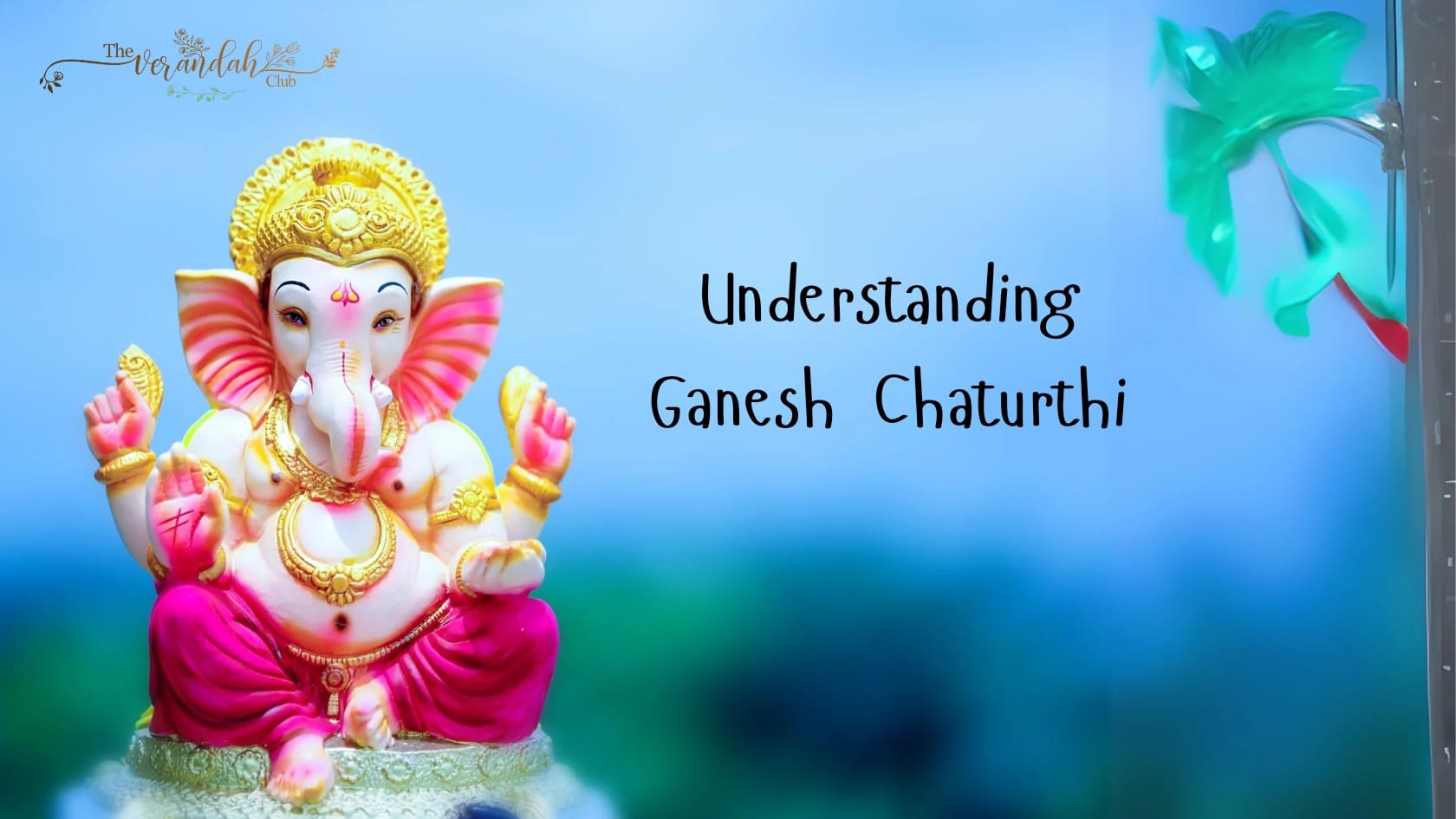
Ganesh Chaturthi, also known as Vinayaka Chaturthi, is a significant Hindu festival that honors Lord Ganesha, the deity revered as the remover of obst...